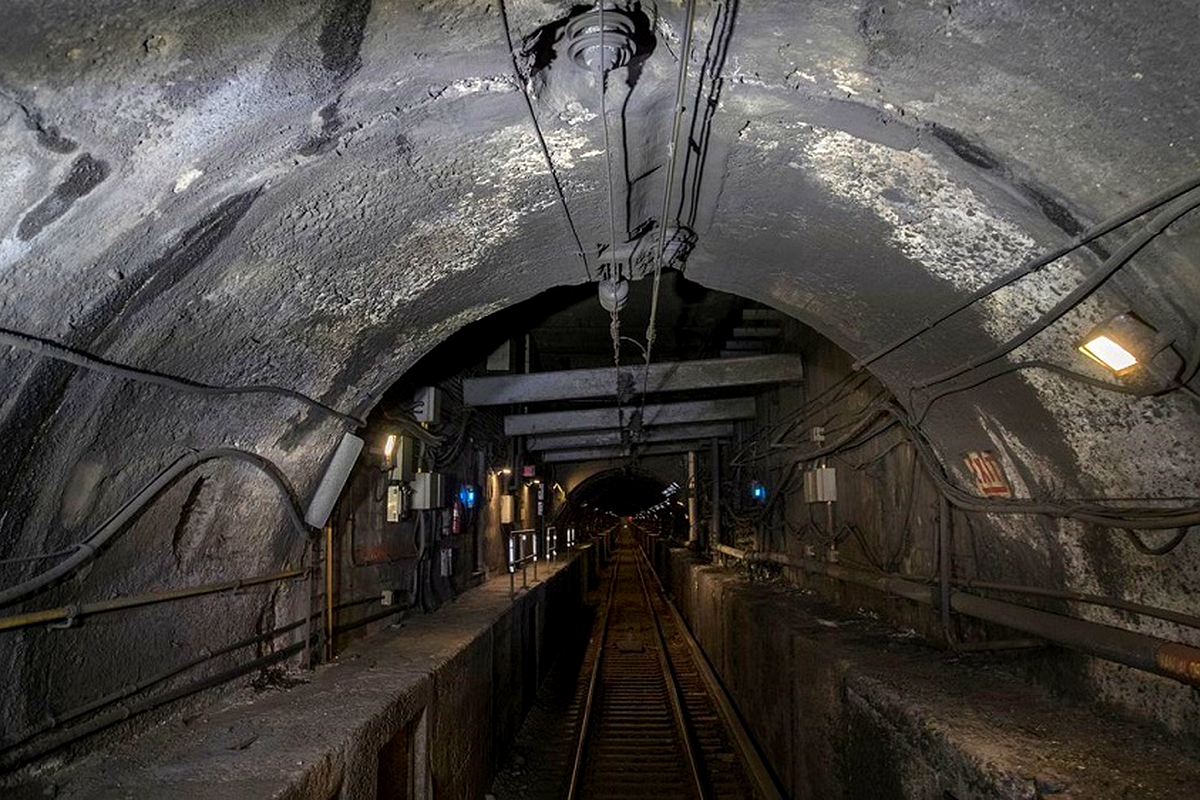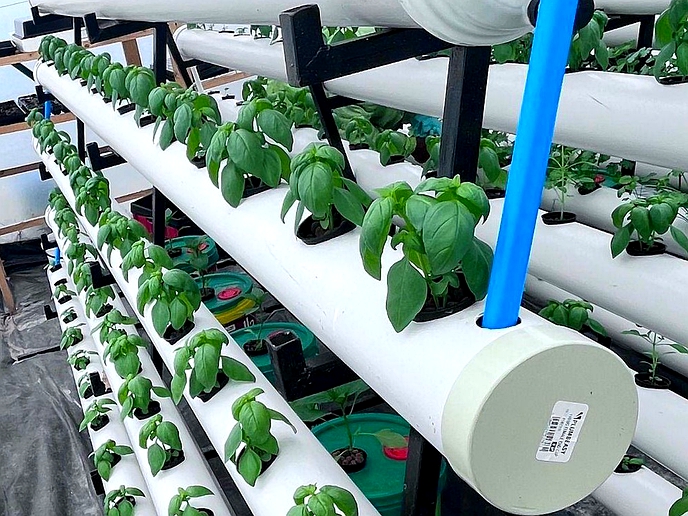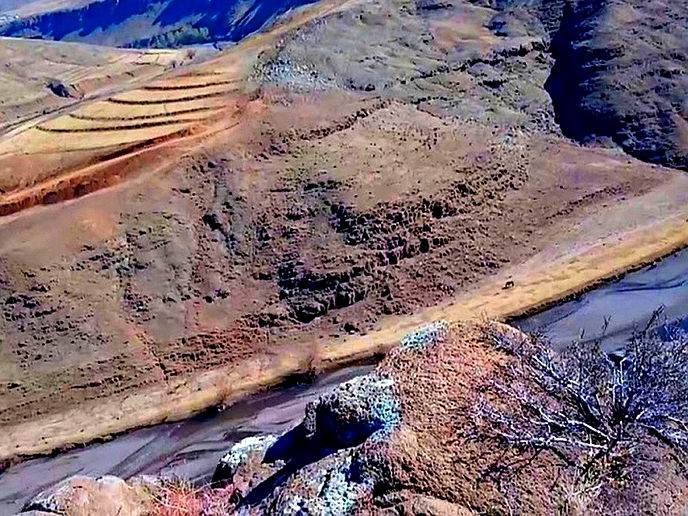THE two contractors assigned to build the Polihali Transfer Tunnel in Mokhotlong have pledged to work diligently in order to complete the project within budget and the set timeframes.
business
Dec. 15, 2022
NEO SENOKO
3 min read
Contractors at Polihali transfer tunnel pledge diligent work

Story highlights
The duo, Yuan Haiting of China and Johanna Erasmus from the neighbouring South Africa together with their respective engineers and consultants were introduced to relevant stakeholders in Mokhotlong on Tuesday.
In his brief introductory remarks, Yuan pledged to work diligently with utmost commitment to ensure that the transfer tunnel is finalised within the scheduled period.
“I promise to abide by the guidelines given to us by the Lesotho Highlands Development Authority (LHDA) and appeal for support from all stakeholders including the Lesotho government,” he said.
Erasmus who will be in charge of construction work on the Senqu Bridge promised to build a perfect structure that will benefit all people.
“But for this project to succeed, we need all the support we can get from all stakeholders,” he said.
For his part, the LHDA Polihali Branch Field Liaison Manager, Maile Maile noted that unskilled labour for the entire project will be sourced from the database that LHDA already has after registering unskilled labourers countrywide.
“But unskilled labour particularly for the Senqu Bridge project will be recruited from villages located around the bridge,” he said.
Maile added: “For the semi-skilled staff and contractors, we are mandated to advertise such job opportunities with the greatest transparency.”
The tunnel will transfer water by gravity from the Polihali reservoir to the Katse reservoir, the centerpiece of the Lesotho Highlands Water Project (LHWP).
From the Katse Dam, the water is transferred through a delivery tunnel to the ’Muela Hydropower Station, constructed in Phase I and onto the Ash River outfall outside Clarence in the Free State on its way to the Gauteng province.
The Polihali Transfer Tunnel project also includes the intake works and gate shaft at the Polihali reservoir outlet works and gate shaft at the existing Katse reservoir, with underwater connection to the lake, access to the waterway, and associated construction infrastructure.
The transfer tunnel will be approximately 38 kilometers long with a nominal bore of 5 metres. Both tunnel boring and drill and blast methods will be used to excavate the tunnel.
The Polihali Dam will create a reservoir on the Senqu and Khubelu Rivers with an estimated surface area of 5053 ha and a full supply storage capacity of 2325 x 106m3.
Enjoy our daily newsletter from today
Access exclusive newsletters, along with previews of new media releases.
The flow from the Polihali reservoir through the transfer tunnel will increase the volume of water in the Katse Dam. The current water transfer volumes of 780 x 106m3/year to the Gauteng region of South Africa; will incrementally increase to 1270 x 106m3/year, and will simultaneously increase the electricity generation at the ’Muela hydropower plant in Lesotho, a further step in the process of securing an independent power supply to meet the country’s domestic needs.
According to Tente Tente, the Chief Executive Office of the LHDA: “Our objective is to attract firms with experience in the construction of major underground works under complex geological and geotechnical conditions, diverse environmental conditions, in remote areas and at high altitude. Equally important is to attract companies that have impeccable records in delivering projects of this magnitude within budget and the set timeframes.”






